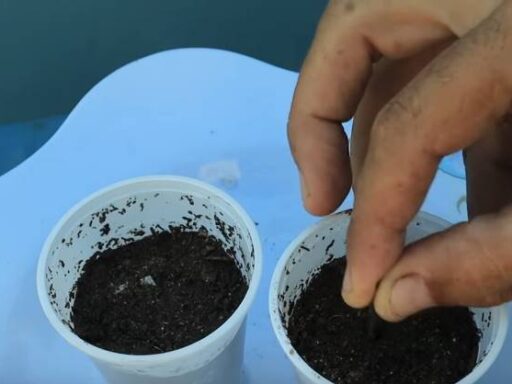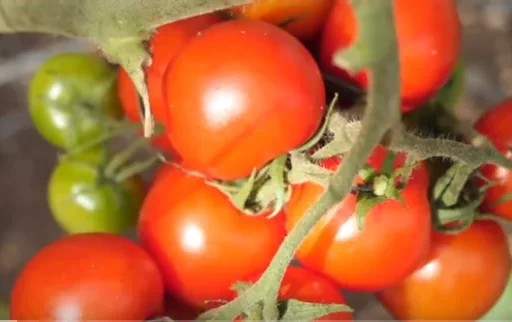Establishing a homestead involves planning, patience, and strategic planting. Today, I am working on planting fruit trees at my future homestead property, which I purchased in North Central Florida about a year ago. It’s a 4-acre piece of land that requires time and effort to maintain, but the long-term vision keeps me motivated.
Why Plant Fruit Trees Now?
It has been an entire year since I first considered purchasing this property. I bought the land in late summer 2023, and it’s hard to believe how quickly nature has reclaimed the area. What was once mowed and open is now a field full of brush and grass. As someone who plans to move to this land within 5 to 7 years, I’m still based in North Carolina, and it will be a while before I settle here.
However, as the saying goes, “The best time to plant a fruit tree was seven years ago, and the second-best time is today.” So, despite not planning to move soon, I’ve decided to start planting fruit trees now. By the time I do move, these trees will be mature and fruitful, giving me a head start.
The Types of Trees I’m Planting

I brought three different trees with me for this planting session, aiming to keep the investment low. These trees include:
- Takaka Pineapple Guava (Feijoa): This tree is a clone of the one I currently have in my yard, so it didn’t cost me anything to bring it along.
- Smith Fig Tree: This fig tree is one of my favorites for the southeastern United States due to its versatility and early fruiting. I believe it will thrive in Florida’s environment.
- Holiday Avocado Tree: This is the only tree I bought, and I purchased it from Four Winds. It’s a hybrid between Guatemalan and West Indian varieties, known for its large fruit size. Though there’s limited information about growing this avocado variety in Florida, I’m excited to see how it performs in the 9B climate zone.
Strategic Tree Placement
When planting trees on a property where I haven’t yet built a house, it’s essential to consider future construction. I picked the corner of my property for planting to avoid any interference with future development. There are several factors to consider, such as where the house will be built, how utilities will be routed, and the placement of a septic system. To avoid having these trees removed during construction, I planted them in a secluded spot along the property line, far away from where the house or driveway will eventually be.
Additionally, I made sure to space the trees about 10 to 12 feet apart, giving them ample room to grow. Since I won’t be around to prune or maintain them regularly, I need to ensure they have enough space to thrive naturally.
Overcoming Soil Challenges
One challenge of planting in Florida is the sandy, nutrient-poor soil. To combat this, I brought bags of compost to enrich the soil around the trees. I also laid down contractor’s paper around the root areas to suppress weeds and reduce competition. This setup will give the trees a fighting chance during the initial 6 to 12 months as they establish their root systems.
Each tree was given two cubic feet of compost and a generous amount of water to help them settle in. Given that I won’t be visiting the property regularly, these trees will need to rely on natural rainfall for most of their hydration. Luckily, Florida’s rainy season extends into early October, which will help the trees thrive without constant attention.
Timing Is Everything
Some may wonder why I chose to plant trees during Florida’s hottest and most humid time of year. The reason is simple: Florida operates on a wet-dry seasonal pattern rather than the four seasons seen in most of the United States. Planting during the rainy season ensures that the trees will receive plenty of water naturally. Had I planted them in the fall or spring, I would have needed to water them several times a week, which isn’t feasible since I don’t live on the property yet.
Final Thoughts
Planting fruit trees on vacant land is a long-term investment, one that requires planning, patience, and a bit of trial and error. I’m excited to see how these trees grow over the next few years, and I’ll be checking in on them every 6 to 12 months. The ultimate goal is to have mature, fruiting trees by the time I move to this homestead, saving me from starting from scratch.
In the meantime, I’ll continue to work on maintaining the property and adding more trees in the future. If you’re considering planting on a property you haven’t moved into yet, be sure to think about future construction and give the trees plenty of space to grow. Also, consider the seasonal patterns of your area to give your trees the best chance at survival.






